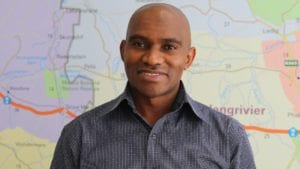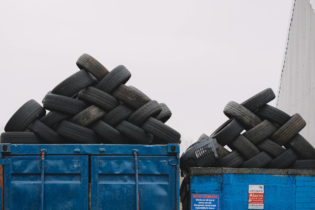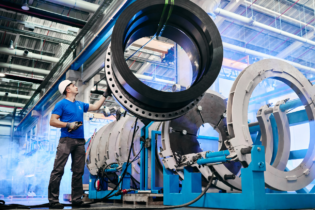The Bakwena Platinum Corridor Concessionaire is a prime example of a successful toll road business that serves as an important catalyst for regional socio-economic growth. Bakwena’s new commercial manager, Solomon Kganyago, speaks to IMIESA about ongoing developments.
What’s your construction background?
SM As a civil engineer, I’ve always been passionate about roads. After graduating from the University of Cape Town, I spent my first five years at the Gauteng Department of Roads and Transport. This was followed by 11 years with Sanral Northern Region, where my last position was deputy regional manager. Applied experience in the construction and project management space has provided me with a solid foundation for my new role at Bakwena. I’m really excited about adding value in all areas, including transformation, stakeholder management and corporate social investment. It’s all about delivering safe and sustainable road infrastructure.How can you make a difference?
My personal goals are intertwined with Bakwena’s longer-term vision and comprise three core elements aimed at delivering a relevant commercial strategy. First, to establish brand clarity so that stakeholders clearly understand our role and what we represent as Bakwena: that we’re a toll concessionaire and not a mining company, or an NGO, even though we have ‘platinum’ in our name! Second, I would like Bakwena to be strategically driven. And third, and more critically, we need to be customer-centric. As a self-funded entity, toll fees are Bakwena’s single source of revenue, which places major emphasis on our ability to deliver exceptional service. Listening to the needs of road users and the N1N4 community has a direct bearing on where we need to revitalise and invest in the future network.Bakwena’s current road mandate is 385 km. Are there plans to expand this?
Our scope, as a special-purpose vehicle, is limited to the current network in terms of our contractual agreement with Sanral, which runs through to 2031. At that point, we are mandated to hand over the toll infrastructure to Sanral in a predetermined condition; however, as part of our internal commercial strategy, Bakwena is debating the possibility of other options beyond 2031.What capital projects are planned for 2019?
Bakwena will be investing approximately R270 million in large capital projects in 2019, as part of our continuous maintenance and construction strategy. The resurfacing of the N4 west-bound carriageway between the R512 up to the Buffelspoort interchange was completed in February 2019 at a cost of R101 million. The R511 interchange project, valued at R55 million, will be completed in April 2019 and entails the provision of new west-facing ramps to improve traffic flows and road safety. For the balance of 2019, we have two main projects. The first, awarded in mid-2017, entails the reconstruction of the N4 in Groot Marico between Vaalkop and the Swartruggens boundary, at a construction cost of around R250 million. The anticipated completion date is June 2019. The second project entails the addition of a second carriageway on the N4, between the M17 and R512 (Brits interchange). Spread over a distance of 32 km, this 36-month programme is scheduled for completion in June 2021, at a project cost of some R582 million. This will establish a continuous dual-carriageway route extending from Pretoria, through to Brits and then Buffelspoort.Does Bakwena invest in new construction techniques?
We benchmark our construction operations based on local and international bestpractices. This includes the recruitment, continuous training and development of our engineering personnel. We expect our contractors to keep up to date with the latest construction equipment trends, since this passes on greater efficiencies in terms of time and cost. The issue of resource efficiencies is also top of mind when it comes to maximising the use of recycled materials, like road aggregates.
Once Sanral’s new Technical Innovation Hub has been established, this will also provide an invaluable pool of knowledge for us and the industry at large.








